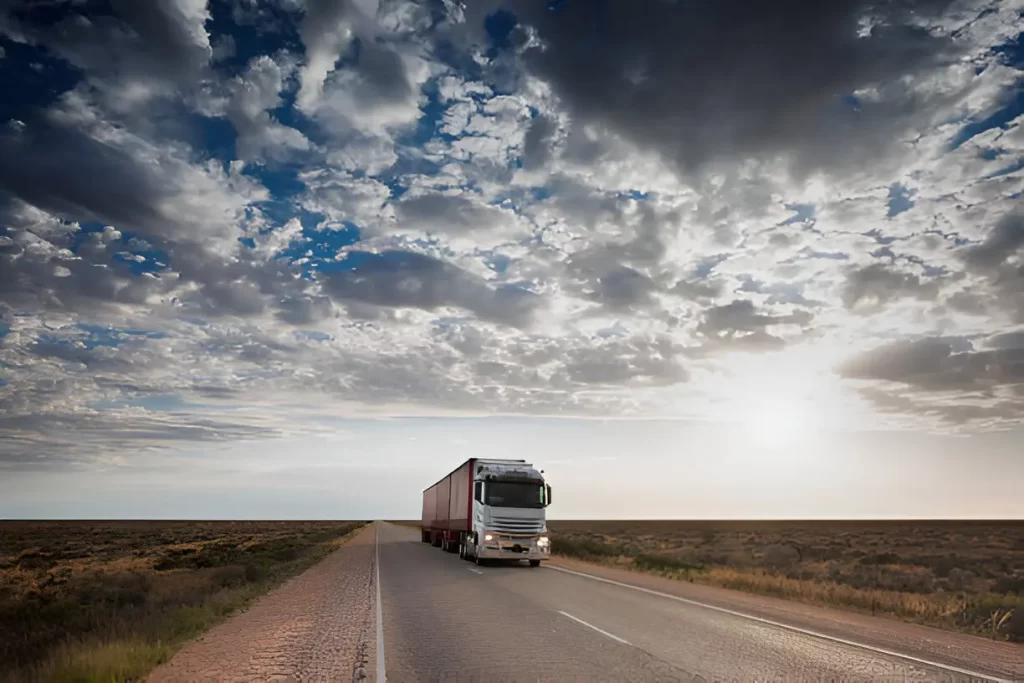When navigating the complex world of truck driving in Australia, understanding the various truck licences and their requirements is crucial for professionals seeking to advance their careers. This article delves into the specifics of the highest truck licence in Australia, offering comprehensive insights to help drivers and aspiring operators achieve their goals.

Understanding Truck Licences in Australia
In Australia, truck licences are categorized based on the vehicle’s weight and the type of operations carried out. Each licence tier is designed to accommodate different levels of vehicle complexity and operational scope. The truck licence in Australia system ensures that drivers have the requisite skills and qualifications to handle various truck types safely and efficiently.
Types of Truck Licences
1. Light Rigid (LR) Licence
The Light Rigid licence is the entry-level truck licence, allowing drivers to operate vehicles with a gross vehicle mass (GVM) of up to 8 tonnes. This licence is suitable for those who wish to drive small trucks and buses. It is the first step for many drivers seeking to advance to heavier and more complex trucks.
2. Medium Rigid (MR) Licence
The Medium Rigid licence permits the operation of trucks with two axles and a GVM of over 8 tonnes but less than 12 tonnes. This licence is ideal for those who need to operate larger trucks and is a prerequisite for those aiming to obtain a Heavy Rigid licence.
3. Heavy Rigid (HR) Licence
The Heavy Rigid licence is required for drivers who operate trucks with three or more axles and a GVM exceeding 12 tonnes. This licence is essential for those who wish to drive larger commercial vehicles, including heavy trucks and buses. It signifies a significant step up in terms of responsibility and operational complexity.
4. Heavy Combination (HC) Licence
The Heavy Combination licence allows drivers to operate trucks with a GVM over 12 tonnes that tow a trailer with a GVM of over 9 tonnes. This licence is critical for those who wish to drive combination vehicles, such as prime movers and heavy goods vehicles.
5. Multi-Combination (MC) Licence
The Multi-Combination licence is the highest level of truck licence in Australia. It authorizes the operation of B-doubles and road trains, which consist of multiple trailers and can have a combined length of up to 36.5 meters. This licence is essential for those who want to handle the most complex and heavy-duty transport tasks.
Requirements for Obtaining the Highest Truck Licence in Australia
To obtain the Multi-Combination (MC) licence, applicants must meet several requirements:
- Current HR or HC Licence: Applicants must hold a current Heavy Rigid (HR) or Heavy Combination (HC) licence before applying for the MC licence.
- Experience: A minimum of 12 months of driving experience on an HR or HC licence is generally required to ensure that applicants have the necessary skills and experience.
- Medical Examination: Applicants must undergo a medical examination to ensure they are fit to drive heavy and complex vehicles.
- Training Course: Completion of a certified MC training course is mandatory. This training covers advanced driving techniques, vehicle handling, and safety protocols.
- Driving Test: A practical driving test is required to demonstrate proficiency in operating multi-combination vehicles.
Benefits of Holding a Multi-Combination Licence
Holding a Multi-Combination licence opens up numerous opportunities within the trucking industry. Some key benefits include:
- Increased Job Opportunities: The ability to drive B-doubles and road trains significantly enhances employability in sectors such as long-distance freight transport and logistics.
- Higher Earnings Potential: Drivers with an MC licence typically command higher wages due to the advanced skills and responsibilities required.
- Diverse Work Environments: Multi-Combination licence holders can work across various industries, including mining, construction, and freight transport, offering a broad range of career options.
- Advanced Skills Development: The training and experience gained while obtaining an MC licence contribute to a higher level of driving expertise, safety awareness, and operational efficiency.
How to Maintain Your MC Licence
Maintaining an MC licence requires ongoing adherence to specific regulations and best practices:
- Regular Medical Check-Ups: Regular health check-ups are essential to ensure continued fitness for driving.
- Continuous Professional Development: Engaging in ongoing training and development helps keep skills up to date and complies with industry standards.
- Adhering to Road Safety Regulations: Compliance with road safety laws and regulations is critical for maintaining licence validity and ensuring safety on the road.
Conclusion
Obtaining the highest truck licence in Australia, the Multi-Combination (MC) licence, represents a significant achievement for any truck driver. It requires a high level of skill, experience, and commitment, but the benefits in terms of career opportunities and earning potential are substantial. By understanding the requirements and advantages associated with the MC licence, drivers can make informed decisions about their professional development and future in the trucking industry.








